Suppose I have measurements of two signals
V = V(t) and U = U(t)
that are periodic in time with a phase difference between them. When plotted against each other in a graph V vs U they form a Lissajous figure, and I want to calculate the area inside it.
Is there an algorithm for such calculation?
I would like to solve this problem using Python. But a response in any language or an algorithm to do it will be very appreciated.
Examples of V and U signals can be generated using expressions like:
V(t) = V0*sin(2*pi*t) ; U(t) = U0*sin(2*pi*t + delta)
Figure 1 shows a graph of V,U vs t for V0=10, U0=5, t=np.arange(0.0,2.0,0.01) and delta = pi/5.

And Figure 2 shows the corresponding Lissajous figure V vs U.
This is an specific problem of a more general question: How to calculate a closed path integral obtained with a discrete (x_i,y_i) data set?
